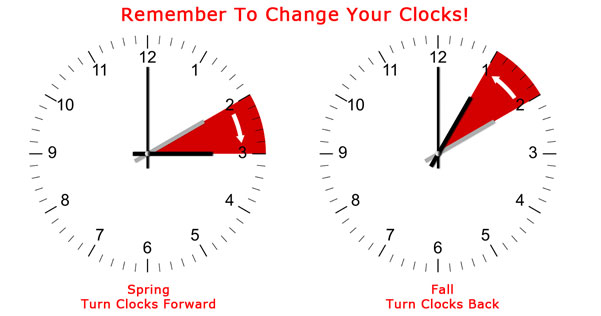Understanding Daylight Savings in Canada

Introduction
Daylight savings time (DST) is an annual time change that takes place in many countries, including Canada. It is observed to make better use of daylight during the longer days of summer. As we approach the end of October, Canadians prepare to set their clocks back, marking the end of DST for the year. This process, which occurs on the first Sunday of November, raises discussions about its relevance and impact on our daily lives.
When Does Daylight Savings Occur in Canada?
In Canada, daylight savings time begins on the second Sunday in March and ends on the first Sunday in November. This year, as clocks will turn back an hour on November 5th, 2023, many Canadians are reflecting on the implications of the time shift. While the majority of provinces and territories observe daylight savings, there are notable exceptions, such as Saskatchewan and some regions like parts of British Columbia, which do not participate.
Significance of Daylight Savings
The primary purpose of daylight savings is to make better use of natural daylight during the longer days of summer, aiming to reduce energy consumption. The practice was first proposed during World War I as a way to conserve fuel. Recently, studies have shown mixed results regarding its effectiveness in saving energy, with some asserting that the benefits are minimal. Moreover, critics point out health concerns related to the disruption of sleep patterns as clocks change.
Current Discussions and Updates
In recent years, daylight savings has sparked considerable debate in Canada. Several provinces, including British Columbia and Ontario, have been exploring the possibility of eliminating the time change altogether. In March 2022, the Senate of Canada passed a bill for daylight savings time to be permanent, reflecting a growing consensus that the time switch may no longer be necessary. However, any changes in legislation or implementation would require cooperation among provinces and consultation with the federal government.
Conclusion
As Canadians prepare for the end of daylight savings time, the debate surrounding its relevance continues. Whether it will remain a staple of Canadian life or be replaced by permanent standard time remains to be seen. Ultimately, the choice may depend on public sentiment and government action in the years to come. For those observing the change, this shift serves as a reminder of the deeper discussions about timekeeping and its impact on modern society.









